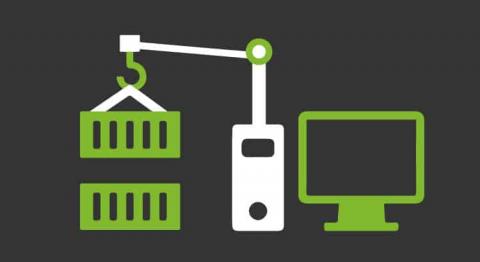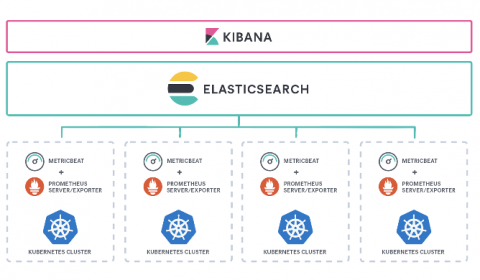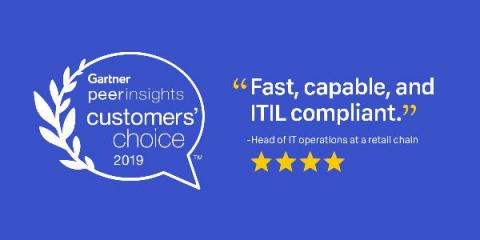Top 10 AppSignal Blog Posts in 2019
Hi there stroopwafel fans As we’re looking forward to publishing more Ruby, Elixir, and JavaScript posts in the coming 2020, we decided to take a look back at the blog posts that you gave the most hearts on Twitter, reads on the blog, and that we got the most appreciation for in 2019.











